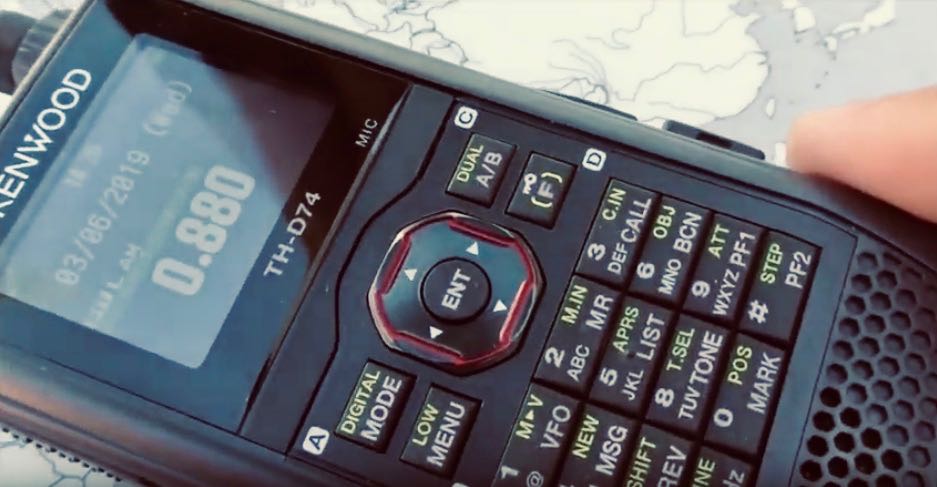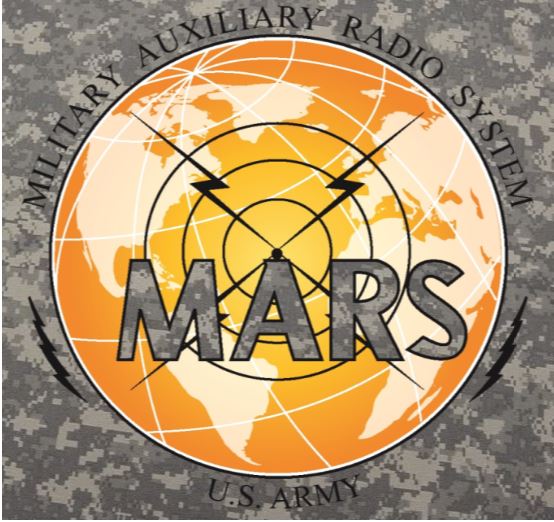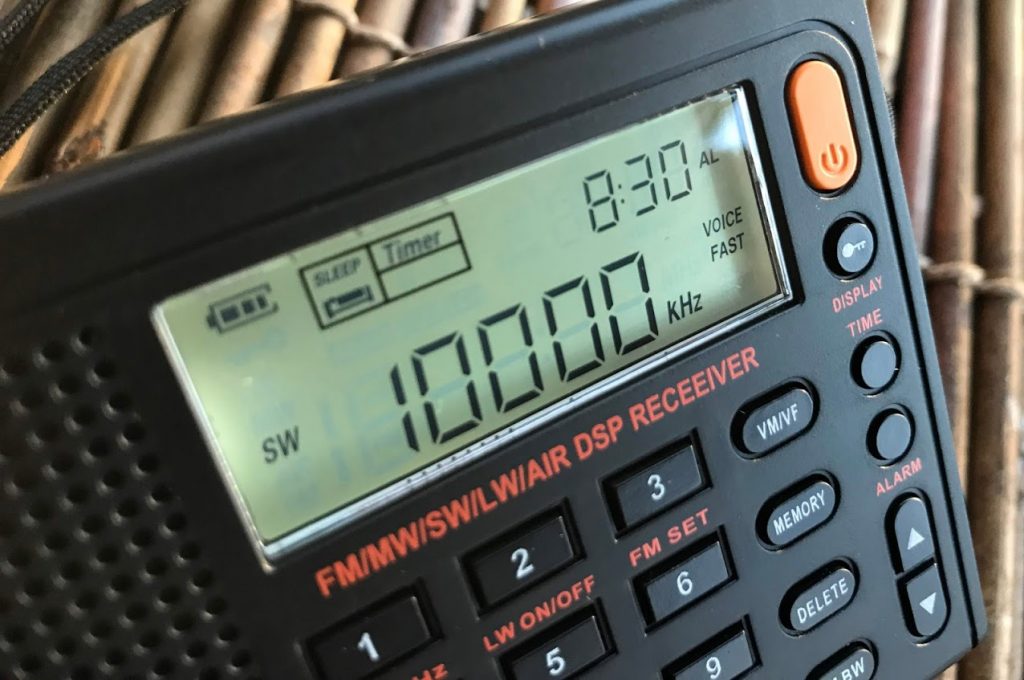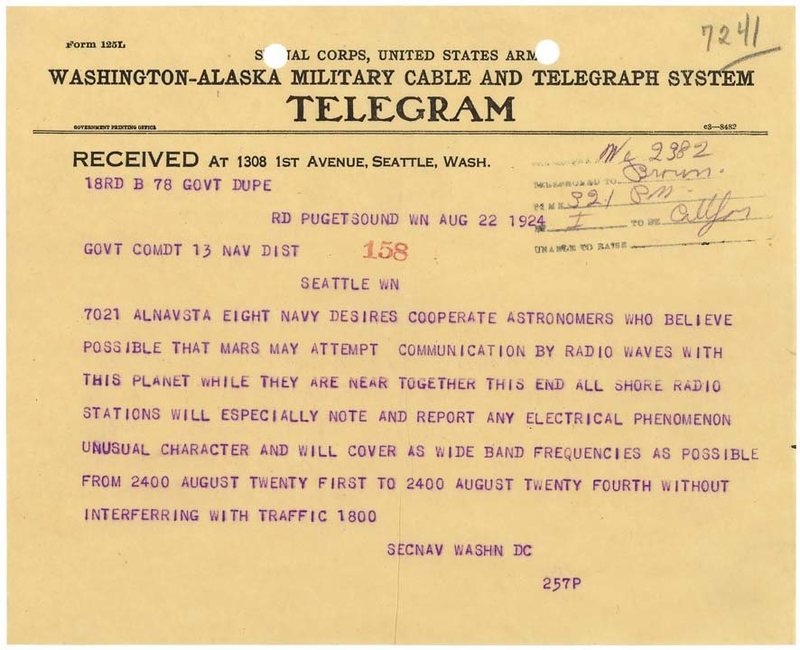Radio Waves: Stories Making Waves in the World of Radio
Because I keep my ear to the waves, as well as receive many tips from others who do the same, I find myself privy to radio-related stories that might interest SWLing Post readers. To that end: Welcome to the SWLing Post’s Radio Waves, a collection of links to interesting stories making waves in the world of radio. Enjoy!
Many thanks to SWLing Post contributors Mike, Troy Riedel, David Iurescia, and Bob Janney for the following tips:
Ham Radio Signals From Mars (Spaceweather.com)
Ham radio operators are doing something that until recently only big Deep Space Networks could do. “We’re monitoring spacecraft around Mars,” says Scott Tilley of Roberts Creek, British Columbia, who listened to China’s Tianwen-1 probe go into orbit on Feb. 10th. The signal, which Tilley picked up in his own backyard, was “loud and audible.” Click to listen:
The signal Tilley received from Tianwen-1 is dominated by a strong X-band carrier wave with weaker side bands containing the spacecraft’s state vector (position and velocity). Finding this narrow spike of information among all the possible frequencies of deep space communication was no easy task.
“It was a treasure hunt,” Tilley says. “Normally a mission like this would have its frequency published by the ITU (International Telecommunications Union). China did make a posting, but it was too vague for precise tuning. After Tianwen-1 was launched, observers scanned through 50MHz of spectrum and found the signal. Amateurs have tracked the mission ever since with great accuracy thanks to the decoded state vector from the probe itself.”[…]
Open letter to PM, Ministers calls for international service to be strengthened, not cut (RCI Action Committee)
The following open letter was sent February 15, 2021 to Prime Minister Justin Trudeau, Deputy Prime Minister Chrystia Freeland, Foreign Affairs Minister Marc Garneau, and Canadian Heritage Minister Steven Guilbeault asking them to maintain the integrity of Canada’s Voice to the World, Radio Canada International (RCI).
Thirty-two signatories, including former Prime Minister Joe Clark, former Canadian ambassador to the United Nations Stephen Lewis, author-composer-songwriter-film director Richard Desjardins, author Naomi Klein, and actor Donald Sutherland, ask that the CBC/Radio-Canada policy announcement of December 3, 2020 be blocked, as well as any changes to RCI, until RCI staff, along with an assembled group of qualified people outside CBC/Radio-Canada, can propose a plan to rebuild the international service.
The signatories say the plan should devise a form of financial and editorial autonomy for RCI. And outline a path to follow to restore the international mandate and effectiveness of Radio Canada International in the context of today and the future.
For more information, please contact Wojtek Gwiazda, Spokesperson, RCI Action Committee, [email protected]
If you would like to help us please consult this page:
What you can do – Comment vous pouvez nous aider
Prominent Canadians rally to save Radio Canada International one more time (Toronto Star)
OTTAWA – A group of prominent Canadians is calling on the CBC to rethink its decision to significantly cut staff and rebrand the globally focused Radio Canada International to focus on domestic news.
Wojtek Gwiazda, spokesman for the group trying to save RCI, says the CBC is planning to cut 13 full-time staff and three contract jobs from a staff of about 20.
They’ve sent Prime Minister Justin Trudeau a letter signed by 32 prominent Canadians, including former prime minister Joe Clark, former Canadian ambassador to the United Nations Stephen Lewis, author Naomi Klein and actor Donald Sutherland asking for the decision to be reversed.
Gwiazda says the new CBC policy will focus almost exclusively on producing programming for ethnic communities and the ethnic media inside Canada, instead of directing programming to an international audience.
Gwiazda says the move is a violation of the Broadcasting Act and order-in-council that created RCI in 1945.
In the December memo to RCI staff, the CBC said it was “modernizing” the news service for the 21st century by offering more translated CBC content in new languages such as Punjabi and Tagalog, which is spoken in the Philippines.
“By becoming more relevant, more visible or more widely available in the languages spoken by the largest number of new Canadians, the new offering will allow Radio Canada International to better connect and engage with its target audience. RCI will also make all this content freely available to interested ethnic community media,” says the CBC statement.
RCI is used to fighting for its survival since the CBC cut its shortwave radio service in 2012, which severed the broadcaster from its Chinese audience, said Gwiazda.[…]
Save and rave! How a compilation of pirate radio adverts captures a lost Britain (The Guardian)
Fashion boutiques, shop-fitters and others advertised alongside raves on early 1990s pirate radio. Now, a new compilation is rediscovering a slice of the underground
ave you got that record that goes ah-woo-ooo-ooh-yeah-yeah?” It’s a scene familiar to anyone who spent time in a hardcore rave record shop in the 1990s – a punter asking for a tune they’ve heard on pirate radio or at a rave but they don’t know the title of, so they mimic the riff or sample hook hoping someone behind the counter recognises it.
A relic of pre-Shazam life, the ritual is preserved in an advert for Music Power Records aired on the pirate station Pulse FM in 1992. Nick Power, owner of the north London shop, recalls that no matter how mangled the customer’s rendition, “nearly always, you’d be able to identify the exact record they were looking for”. In the advert, Power plays the roles of both sales assistant and punter, pinching his nose to alter his voice. Almost 40 years later, the comic skit commercial has been resurrected alongside others on two volumes of London Pirate Radio Adverts 1984-1993, by audio archivist Luke Owen. Power is pleasantly bemused by this turn of events: “I can’t see there’d be a demand for radio ads, but there’s got to be someone out there who’s interested enough to buy it. I don’t see it being a platinum release, though!”
Released via his label Death Is Not the End, Vol 1 is available digitally at a name-your-price rate and for £7.50 as a limited-edition cassette tape – an echo of the format on which pirate listeners captured transmissions of hardcore and jungle. Back then, most fans pressed pause when the ad break started, which means that surviving documents of the form are relatively scarce. But what once seemed ephemeral and irritating has acquired period charm and collectability.[…]
Reception Reports & QSL Cards for WBBR-AM (via Bob Janney)
Good Day Dxers and SWLers
We are pleased when we receive requests to confirm reception of Bloomberg radio station WBBR-AM New York 1130 kHz 50 Kw DA-N. We enjoy reading those reports and listening to recordings of your reception from WBBR-AM. We are responding by e-mail to all reception reports as quickly as we can. Following the email response we will mail our QSL Card to the DX’er or club that provided us with the reception report.
Please note that my colleague in New York City, Mr. Michael Lysak has become quite busy with radio program and reporter scheduling so, in the future could you please ask everyone to direct their reception reports to:
Bob Janney WB3EBN
WBBR-AM Transmitter Site Technician
E-mail [email protected]If you are in touch with other radio clubs would you please advise those clubs to send requests for our QSL card to Bob.
Thanks 73 & good DX
Do you enjoy the SWLing Post?
Please consider supporting us via Patreon or our Coffee Fund!
Your support makes articles like this one possible. Thank you!







